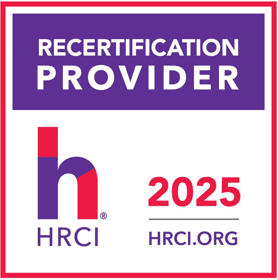Appropriate for Organizational Development Professionals
Description:
The role of the organizational development professional is to build the capabilities of the organization and to develop the effectiveness and culture of the organization. How is it possible to achieve these goals without identifying and building the capabilities and behaviors of the organization’s internal successor candidates, who will be responsible for the future effectiveness and the culture of the organization? As talent review meetings and corporate succession planning are becoming increasingly expected and standard procedures in many organizations, this should be a standard knowledge and skill area for the OD practitioner.
Talent Benchstrength Planning (which includes regular talent review meetings, succession planning, talent loss mitigation and development of successor candidates) is crucial to proactively planning for future organizational success. Just as the budgeting process is the proactive process for the future financial success of the organization, the talent review-succession process plans for the future talent success of the organization.
- Learn about the business value and the strategic components of a Talent Benchstrength strategy, including talent review meetings and succession planning.
- Experience a Talent Review Role Play exercise to view a typical talent-succession discussion and best practices.
- Practice calibrating using Doris Spies’ Talent Benchstrength 9-Box Guide and learn from this experiential exercise how successor candidate decisions can either build or defeat organizational capabilities and culture.




